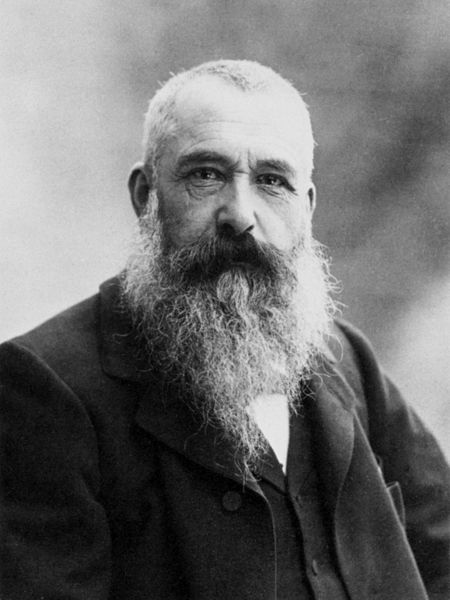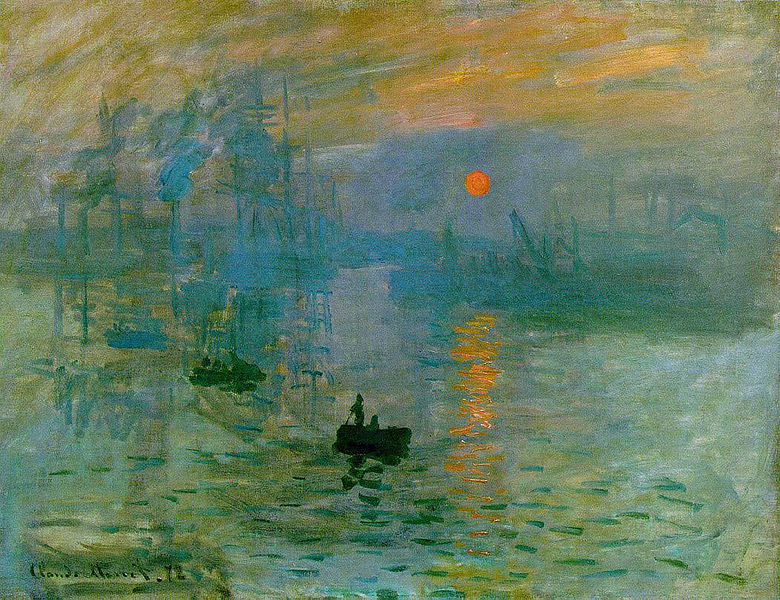November 14: Claude Monet (1840)
It was on this date, November 14, 1840, that the founder of French impressionist painting, Claude Monet was born. The term “Impressionism” is derived from the title of his 1872 painting Impression, Sunrise (Impression, soleil levant). From his earliest days, Claude-Oscar Monet wanted to paint. He was enrolled in Le Havre secondary school of the arts in 1851 and, even at age 11, he was selling his charcoal caricatures. But in 1857 his mother died and the sixteen-year-old Monet had to leave school. He found his way to Paris, where he befriended fellow painter Édouard Manet and met Pierre-Auguste Renoir, Frédéric Bazille and Alfred Sisley. In the 1860s, Monet painted several works featuring his future wife, Camille Doncieux, as model. Escaping to England at the outbreak of the Franco-Prussian War in 1870, Monet found his paintings were not welcome in the Royal Academy exhibition, painted briefly in the Netherlands in 1871, but returned to France and settled in Argenteuil, on the right bank of the River Seine near Paris, where he painted some of his best works. After birthing two sons, Monet’s wife Camille died of tuberculosis in 1879 at the age of 32. The grieving Monet was yet able to create great work and eventually moved to a house in Giverny in Normandy, where he painted for much of the rest of his life, remarrying in 1892 (his wife, Alice, died in 1911). He died a wealthy man on 5 December 1926 at the age of 86 and was buried in the Giverny church cemetery.
Far from being inspired by God or the Catholic faith he abandoned in his early years, Monet once mused, “The richness I achieve comes from nature, the source of my inspiration” and “It’s on the strength of observation and reflection that one finds a way. So we must dig and delve unceasingly.” Two art critics note in passing that Monet was indifferent to religion. One, Steven Z. Levine, in his 1994 work Monet, Narcissus, and Self-Reflection likens Monet’s atheism (and pessimism) to that of Schopenhauer. The other, Ruth Butler, in her 2008 work Hidden in the Shadow of the Master, writes, “Monet took the end of his brush and drew some long straight strokes in the wet pigment across her chest. It's not clear, and probably not consciously intended by the atheist Claude Monet, but somehow the suggestion of a Cross lies there on her body.” It was Claude Monet who, in effect denying any supernatural solace in this world, said, “The noblest pleasure is the joy of understanding.”



